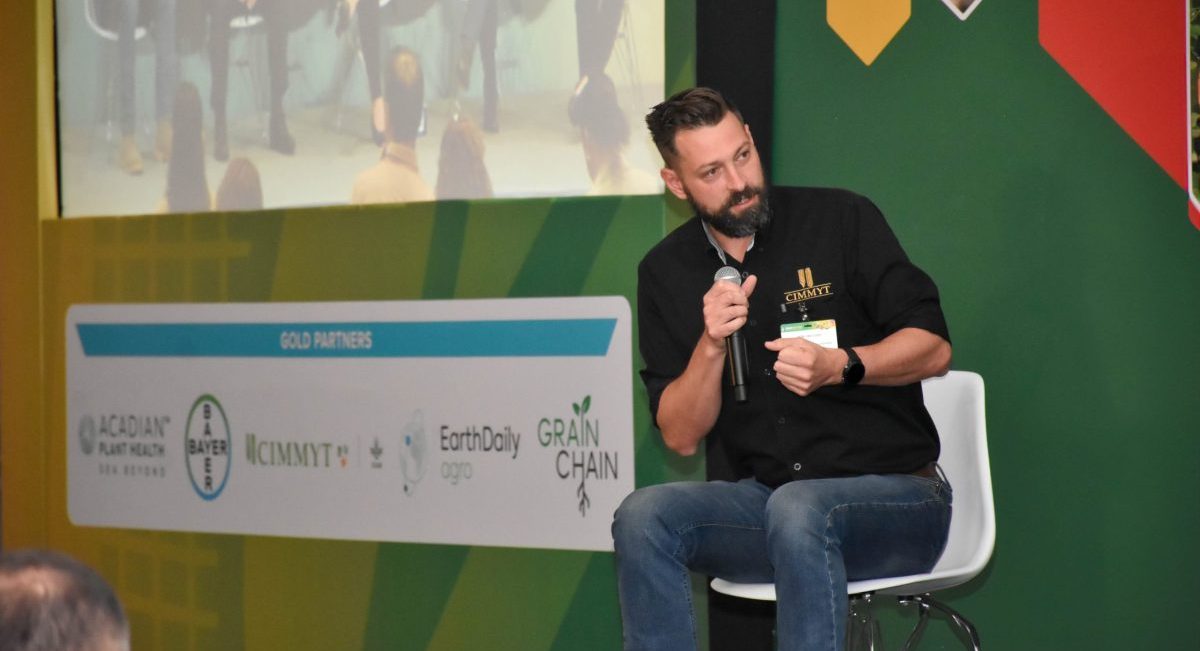Fashion
This Danish Fashion Designer’s Minimalist Home Is the Exact Opposite of Her Clothing Line

When Helle Hestehave met her husband, Lars Oxfeldt Mortensen, nearly 20 years ago, she had no idea they would raise their family in the same house for the next two decades. The four-bedroom townhome is located in Copenhagen’s Kartoffelrækkerne district; the neighborhood translates to “Potato Rows” and was built in the late 1800s by the Workers’ Building Association to provide cheap and hygienic accommodations. Today it has grown to become a vibrant, tight-knit residential community. Now empty nesters, the couple has stayed largely because of this sense of community. “We all know each other,” says Hestehave. “It’s a very lovely place, especially in the summertime, when we’re outside and able to sit in the garden, grill, and enjoy the weather.”
The designer and cofounder of Danish fashion brand Baum Und Pferdgarten has always been a minimalist, even though her clothing line is quite the opposite. The label is known for its bold prints and exaggerated silhouettes. Hestehave acknowledges the dichotomy, explaining, “My work is full of patterns and fabrics, so it’s very nice to come home to a place where there are actually very few things. I’m able to relax when my environment is very simple and calm in a way.”
This understated approach to design is consistent throughout the home, and even though Hestehave’s selection of decor and furnishings may feel sparse when compared to the home of her business partner, Rikke Baumgarten, each room is imbued with just as much emotion and color. Take the bedroom (Hestehave’s favorite space to spend time in), where the only major piece of furniture is the bed, designed by Mortensen, alongside a few low-profile tables that are just big enough to hold a lamp and a stack of books.
So how can someone with a home full of items still achieve a pared-back aesthetic? Hestehave takes a moment to think and then cheekily says, “Maybe have a big closet where you could put all your stuff and just have a few pieces you really love out to look at or to use.” As for her own storage space, Hestehave takes advantage of her floating cabinets (another Mortensen creation) to store everything from spare phone chargers to old magazines. “The color choices came organically. I was searching for a pop of color, which is how I landed on the two shades of blue,” she says.

She shares that the set of L-shaped kitchen cabinets are traditional in Denmark, and she stands by her mantra of only holding on to the essentials. Anything “extra” (like archival pieces from Baum und Pferdgarten and boxes full of books) makes its way down into the basement. “It’s not allowed for anyone to go down there,” she warns, jokingly.
Much like a maximalist, Hestehave picks pieces of decor based on a gut feeling. “I usually think about it for a while, so sometimes it takes a little time to find out, and sometimes it’s very spontaneous,” she says. When she spots a cool chair, it’s unlikely that she’ll pass it up.

“My husband hates that I buy a lot of chairs that aren’t comfortable, but for me, it’s a piece of art. I don’t care if it’s comfortable; if it looks good and if I love the shape, I’m into it,” she says with a laugh. While it’s hard to pick favorites, the Marni stool and Nicholas Shurey’s sculpture stool are definitely in her top selections because of their striking shape and the character they add to the home.

While the couple is enjoying this new chapter in their life, Hestehave admits that each winter they consider moving to a single-level apartment (sometimes managing three floors of a house feels more like work than pleasure). But the feeling usually passes as the weather shifts and the neighborhood comes back to life. She’ll find herself back outside on the terrace with her favorite chair, which, she points out, happens to be incredibly uncomfortable.










